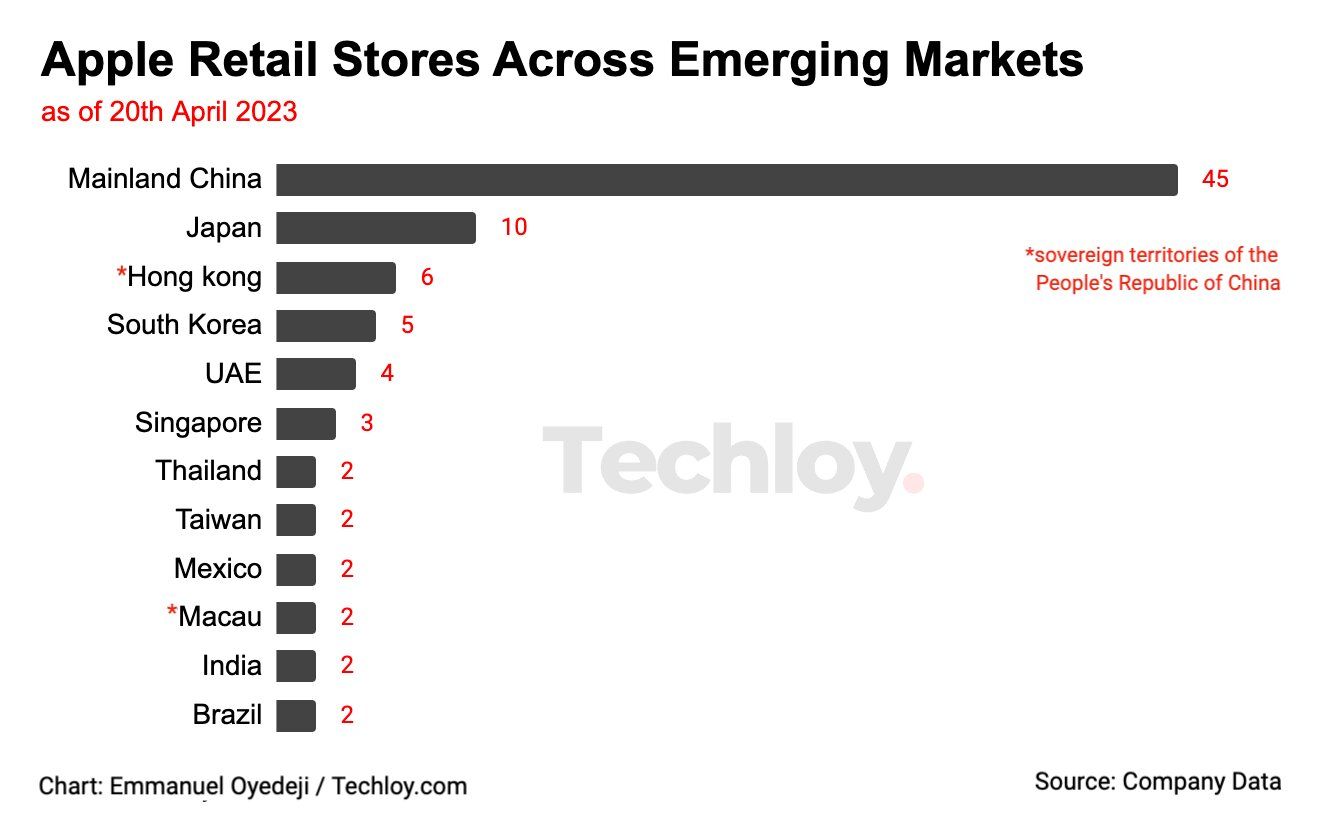Identifying Emerging Business Centers: A Comprehensive Guide

Table of Contents
Analyzing Economic Indicators for Emerging Business Centers
Understanding the economic health of a region is paramount when identifying emerging business centers. Several key indicators provide valuable insights into its growth potential.
GDP Growth and Projections
Consistent and above-average GDP growth is a hallmark of an emerging business center. Analyzing forecasts for future growth potential is equally crucial. Don't just look at the current numbers; project future trends.
- Look for regions with diversified economies, reducing reliance on single industries. This resilience protects against economic downturns affecting specific sectors.
- Consider government initiatives and investment in infrastructure as key indicators. Significant public investment often signals confidence in a region's future.
- Use reputable sources like the World Bank and national statistical agencies for data. Reliable data ensures accurate analysis and informed decision-making. Cross-referencing data from multiple sources strengthens your findings.
Unemployment Rates and Labor Market Dynamics
Low unemployment rates signify a strong and growing economy. However, simply looking at the unemployment number isn't enough. Analyze the quality of the workforce and its adaptability.
- Examine the availability of skilled labor and the educational institutions supporting it. A well-educated workforce is crucial for attracting businesses.
- Consider the presence of incubators and accelerators fostering entrepreneurship. These programs nurture innovation and create a vibrant startup ecosystem.
- Analyze migration patterns; an influx of skilled workers can signal a burgeoning business center. People move to areas with opportunities, creating a positive feedback loop.
Foreign Direct Investment (FDI) and Business Formation Rates
High FDI inflows and a surge in new business registrations are powerful indicators of an emerging business center. This signifies confidence from both domestic and international investors.
- Investigate government policies attracting foreign investment. Tax breaks, streamlined regulations, and other incentives can significantly impact FDI.
- Analyze the types of businesses being established – are they innovative and high-growth? The presence of tech startups, advanced manufacturing, or other high-value industries suggests a dynamic economy.
- Track the number of startups and small-to-medium-sized enterprises (SMEs). SMEs are engines of job creation and economic dynamism in many emerging business centers.
Infrastructure and Accessibility as Key Factors in Identifying Emerging Business Centers
Robust infrastructure is the backbone of any successful business center. Accessibility and connectivity are vital for attracting businesses and talent.
Transportation and Logistics
Efficient transportation networks are crucial for business operations and attracting investment. This includes roads, railways, airports, and seaports.
- Analyze the quality and capacity of existing infrastructure. Are there traffic bottlenecks or insufficient capacity for future growth?
- Look for ongoing or planned infrastructure development projects. Investment in transportation signifies a commitment to long-term growth.
- Assess connectivity to major transportation hubs and international markets. Ease of access to global markets is vital for many businesses.
Technology and Communication Infrastructure
Reliable and high-speed internet access is non-negotiable in today's digital economy. Access to advanced technology is a significant factor in attracting businesses to emerging centers.
- Evaluate the availability and speed of internet access, both fixed and mobile. Sufficient bandwidth is critical for businesses and residents alike.
- Consider the development of digital infrastructure, such as data centers and cloud services. These resources are vital for tech companies and data-intensive industries.
- Assess the digital literacy of the workforce. A digitally skilled workforce is essential for leveraging technological advancements.
Utilities and Energy Supply
Reliable access to electricity, water, and other essential utilities is critical for business operations. The cost and sustainability of these utilities also play a vital role.
- Analyze the reliability and cost-effectiveness of utility services. Frequent power outages or high utility costs can deter businesses.
- Consider the sustainability of energy sources and environmental initiatives. Businesses are increasingly prioritizing environmentally friendly locations.
- Look for regions investing in renewable energy infrastructure. This demonstrates a commitment to sustainability and long-term cost savings.
Qualitative Factors: Assessing the Business Environment of Emerging Business Centers
While quantitative data is important, qualitative factors significantly influence the success of an emerging business center.
Government Policies and Regulations
Business-friendly policies, regulatory certainty, and efficient bureaucracy are paramount for attracting and retaining businesses.
- Research tax incentives, grants, and other government support programs for businesses. These initiatives can significantly reduce the cost of doing business.
- Analyze the ease of doing business, including licensing and permitting processes. A streamlined process attracts investment and fosters growth.
- Evaluate the level of corruption and transparency in the government. A transparent and accountable government fosters investor confidence.
Quality of Life and Talent Attraction
A desirable place to live attracts and retains talented individuals, driving further economic growth. This is often overlooked, but a critical factor.
- Assess factors such as cost of living, education, healthcare, and safety. These factors influence the attractiveness of a location to both businesses and employees.
- Consider the cultural attractions, recreational opportunities, and overall livability. A high quality of life makes a location more competitive in attracting talent.
- Examine the presence of a diverse and inclusive community. Diversity fosters innovation and creativity, making a region more attractive to businesses and talent.
Conclusion
Identifying emerging business centers requires a multifaceted approach, combining quantitative economic data analysis with a qualitative assessment of the business environment and quality of life. By focusing on key indicators like GDP growth, infrastructure development, government policies, and talent attraction, investors and businesses can successfully identify and capitalize on these promising locations. This comprehensive guide provides a robust framework for making informed decisions, allowing you to confidently navigate the landscape of emerging business centers and strategically position yourself for future success. Start your search for profitable emerging business centers today!

Featured Posts
-
 The Canadian Dollar A Complex Picture In The Global Currency Market
Apr 24, 2025
The Canadian Dollar A Complex Picture In The Global Currency Market
Apr 24, 2025 -
 Eu Targets Russian Gas Spot Market Phaseout Plans
Apr 24, 2025
Eu Targets Russian Gas Spot Market Phaseout Plans
Apr 24, 2025 -
 Teslas Optimus Robot Chinas Rare Earth Restrictions Delay Production
Apr 24, 2025
Teslas Optimus Robot Chinas Rare Earth Restrictions Delay Production
Apr 24, 2025 -
 Los Angeles Wildfires Fuel A Growing Gambling Market
Apr 24, 2025
Los Angeles Wildfires Fuel A Growing Gambling Market
Apr 24, 2025 -
 Credit Card Industry Braces For Slowdown In Non Essential Spending
Apr 24, 2025
Credit Card Industry Braces For Slowdown In Non Essential Spending
Apr 24, 2025
